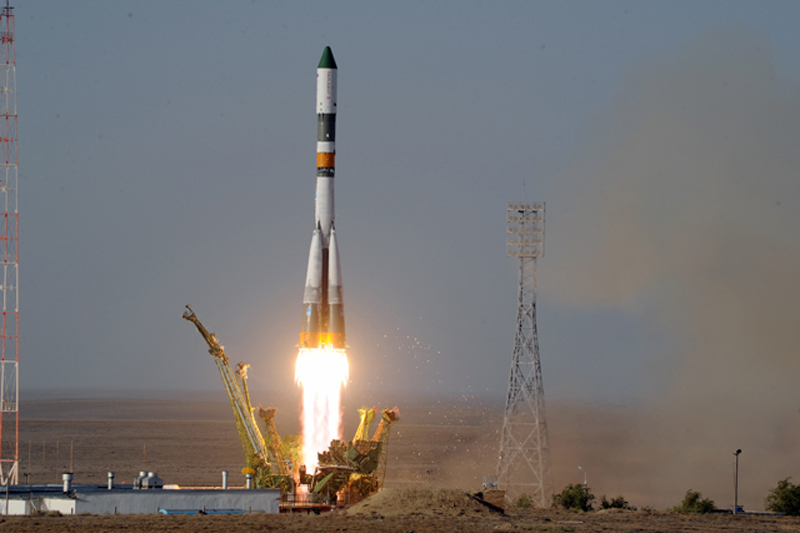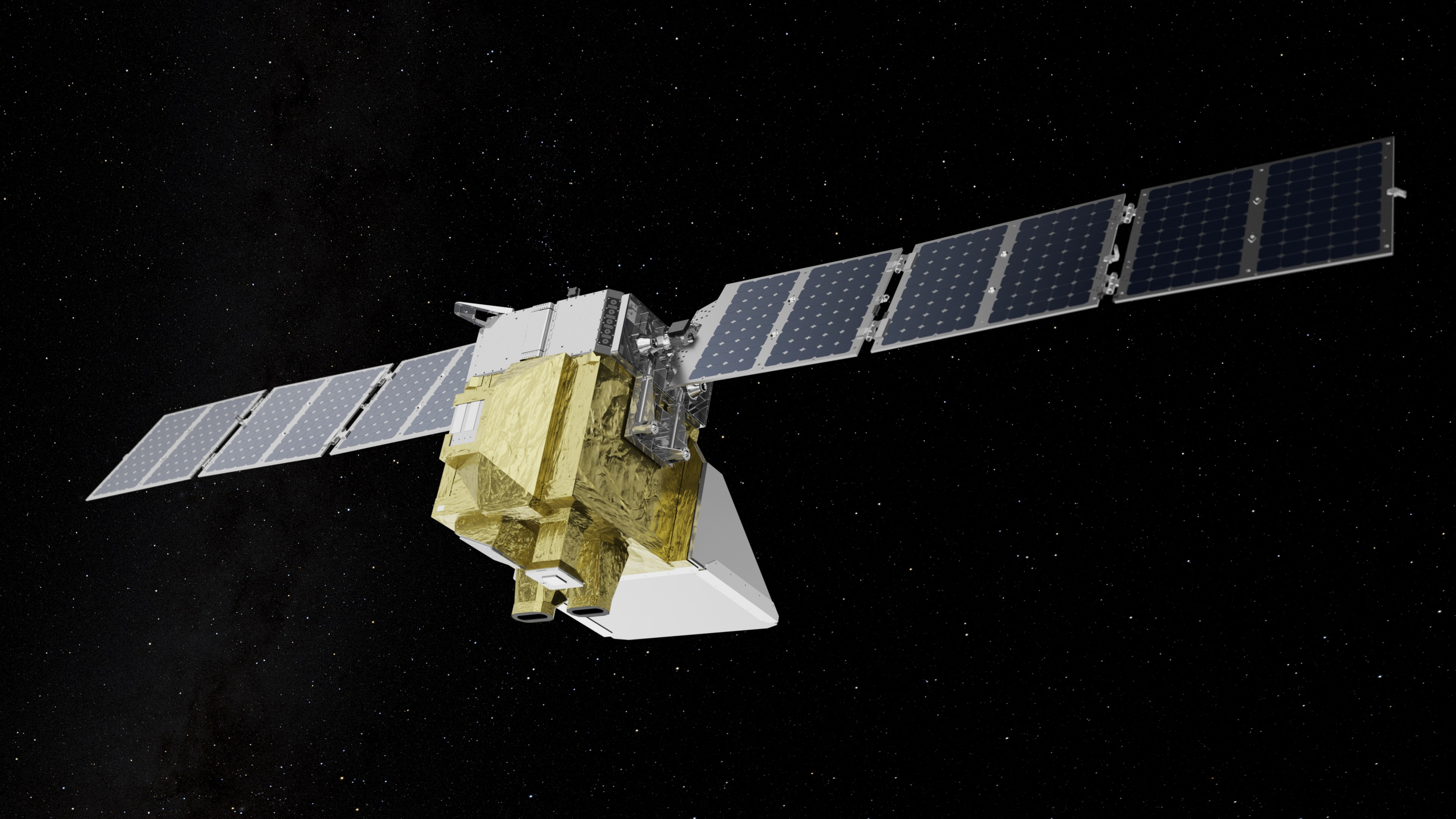Next Space Station Crew Will Launch Nov. 14, NASA Says

NASA and the Russian Federal Space Agency have agreed on a Nov. 14 date for the first manned Soyuz rocket launch since the failure of a similar booster carrying a robotic cargo ship last month.
The decision follows an investigation by Russian space officials to identify the source of that failure and ensure it won't plague future launches, NASA announced today (Sept. 15). It also clears the way for a new three-man crew to launch on the Soyuz to the International Space Station, sustaining the orbiting lab's 10-year streak for a continuous human presence in space.
"Our Russian colleagues have completed an amazing amount of work in a very short time to determine root cause and develop a recovery plan that allows for a safe return to flight," International Space Station program manager Michael Suffredini said in a statement.
The two space agencies temporarily suspended all manned Soyuz flights while Russian officials investigated the Aug. 24 launch failure that sent the Russian-built Progress 44 spacecraft, packed with food and supplies for the space station, crashing over Siberia. [Photos: Russia's Lost Cargo Ship Progress 44]
The accident forced NASA and Russian space officials to consider evacuating the International Space Station if the Russian rockets could not be proved safe in time to launch the next crew. The six astronauts currently living on the station are due to return in September and mid-November. Three members of the crew will land overnight tonight (Sept. 15) at 12 a.m. EDT.
In the wake of this summer's retirement of NASA's space shuttles, the Soyuz is the only means of transportation for people to the station.
Now, it appears unlikely that the outpost will have to be left without a crew.
Breaking space news, the latest updates on rocket launches, skywatching events and more!
"Our top priority is the safety of our crew members," Suffredini said. "The plan approved today, coupled with the conditions on orbit, allow the partnership to support this priority while ensuring astronauts will continue to live and work on the station uninterrupted."
The next manned Soyuz launch will follow an unmanned Soyuz liftoff in mid-October, Russian space officials announced earlier this week. An earlier report suggested the space agency was targeting Nov. 12 for the next Soyuz flight, but that date has been pushed back two days.
Three spaceflyers — NASA's Ron Garan and Russia's Andrey Borisenko and Alexander Samokutyaev — are slated to fly home from the station later today. Mike Fossum of NASA, Satoshi Furukawa of Japan and Sergei Volkov of Russia will stay onboard the orbiting laboratory for another 61 days, departing on Nov. 22.
According to the new plan, three replacement crewmembers — NASA's Dan Burbank and Russia's Anatoly Ivanishin and Anton Shkaplerov — will launch Nov. 14 from Kazakhstan's Baikonur Cosmodrome, and dock at the station Nov.16. [Photos: Building the International Space Station]
"We'll have a longer period of three-person operations and a shorter than usual handover between the next two crews, but we are confident that the crews will be able to continue valuable research and execute a smooth crew transition," Suffredini said.
You can follow SPACE.com senior writer Clara Moskowitz on Twitter @ClaraMoskowitz. Follow SPACE.com for the latest in space science and exploration news on Twitter @Spacedotcom and on Facebook.
Join our Space Forums to keep talking space on the latest missions, night sky and more! And if you have a news tip, correction or comment, let us know at: community@space.com.

Clara Moskowitz is a science and space writer who joined the Space.com team in 2008 and served as Assistant Managing Editor from 2011 to 2013. Clara has a bachelor's degree in astronomy and physics from Wesleyan University, and a graduate certificate in science writing from the University of California, Santa Cruz. She covers everything from astronomy to human spaceflight and once aced a NASTAR suborbital spaceflight training program for space missions. Clara is currently Associate Editor of Scientific American. To see her latest project is, follow Clara on Twitter.
